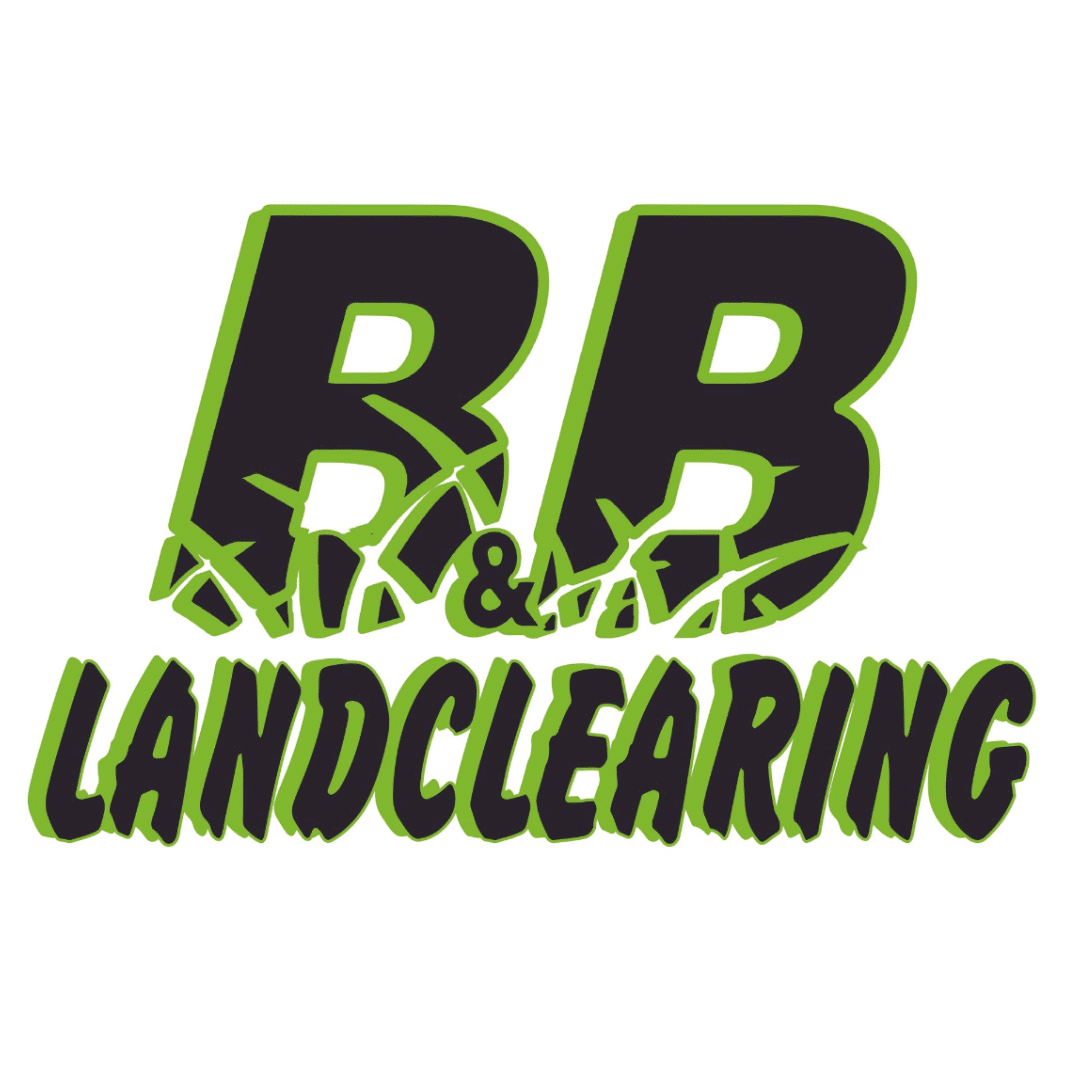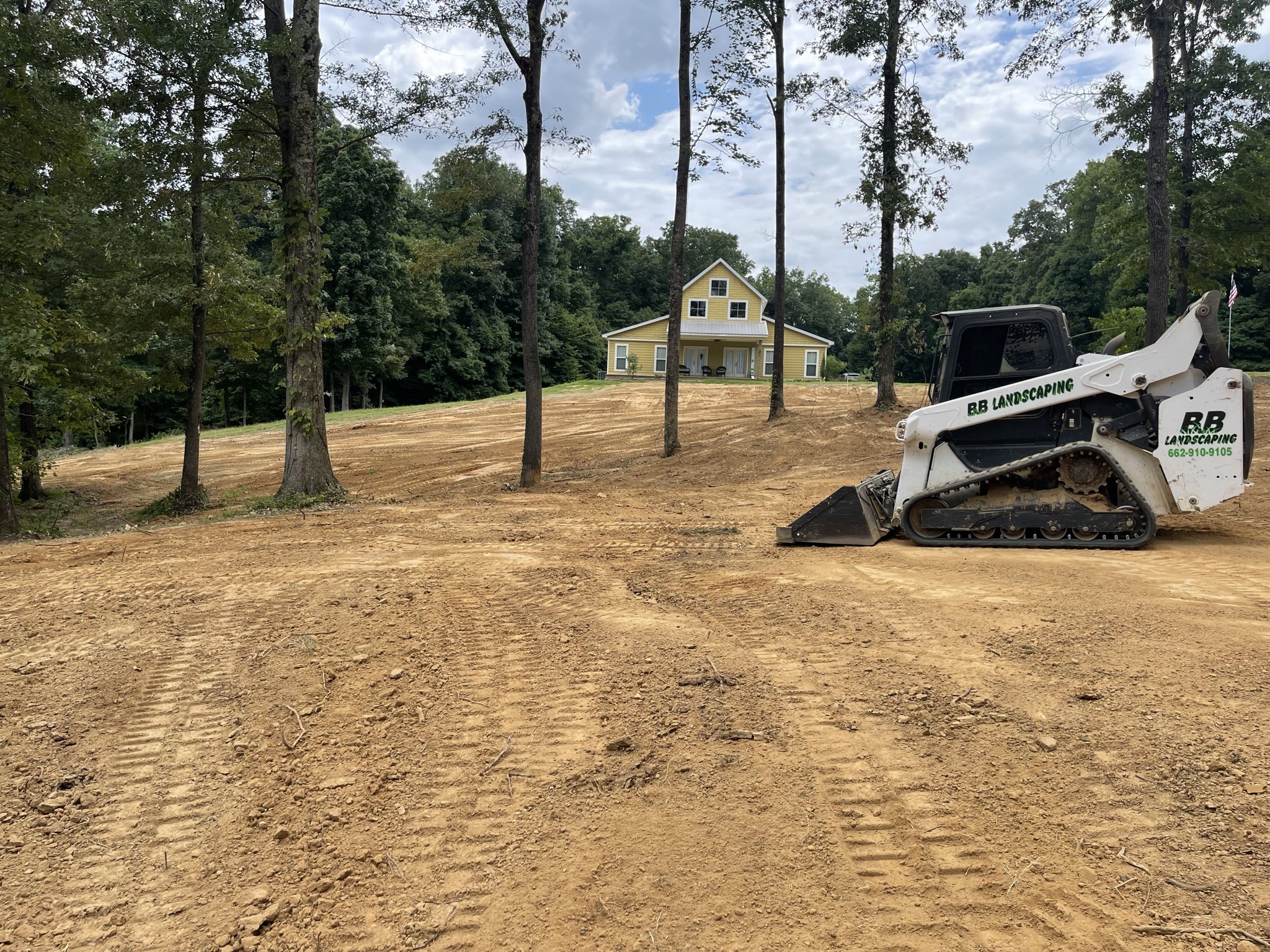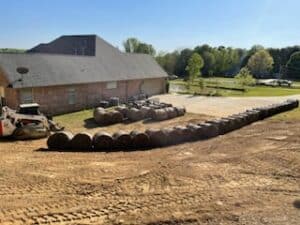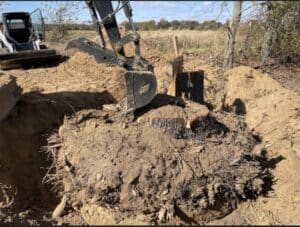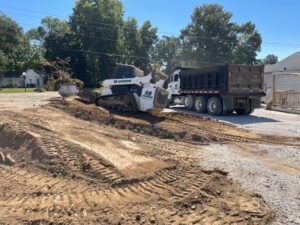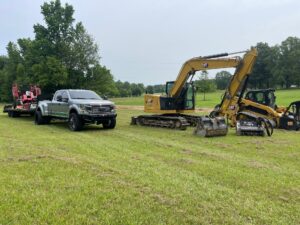When you acquire property for a specific purpose, it will likely need some additional work to bring your vision to life. It might mean investing in either forestry mulching or clearing the land, but what’s the best approach for your land management needs? Usually, it depends on your intentions and the property’s current state.
Understanding what makes these two methods unique is the first step to making the best choice and transforming an overgrown mess into a usable space. Learn more below from B&B Land Clearing.
Cleaning Up Your Mississippi Property: Land Clearing Vs. Forestry Mulching
Both of these processes remove vegetation, opening up space for other uses. However, there’s a substantial difference between clearing land and mulching everything.
What Is Land Clearing?
Land clearing permanently removes vegetation. Usually, the team will use heavy machinery to cut and haul away the debris. In some cases, chemicals, fire, or explosives deal with bigger natural features.
Clearing the land means:
- Cutting down trees
- Removing undergrowth
- Manually removing stumps and roots
The process eliminates all obstacles, creating a clear, level plot that’s ready for construction, agriculture, or something else you want to pursue.
What Is Forestry Mulching?
Forestry mulching also clears away saplings, shrubs, small trees, and more. However, this process does so with a single machine that pulverizes this vegetation into usable mulch.
Professional mulch production processes quickly create a layer of organic material, which you can place on top of the soil in the newly opened area. It’s a practical solution for creating a low-vegetation setting. Many folks use this approach for a right-of-way, trails, recreation areas, or more aesthetically pleasing wooded areas.
Common Misconceptions About Land-Clearing Techniques
Land clearing gets a bad rap, as people assume it’s inherently destructive for the environment. This isn’t always the case, though.
If your contractor follows environmental best practices, they can minimize ecological disturbances and preserve as much of the natural environment as possible. Some techniques include keeping some trees. Others implement soil stabilization measures, like planting grass, to keep the dirt in place until the next phase of the project.
Even more common is property owners renting equipment and cleaning up wooded areas on their own but not realizing that successful vegetation clearing takes a strategic approach. The professionals constantly monitor and account for varying terrains. They also use some specialized machinery and adjust the project plan with safety and the environment in mind.
For example, even slight differences in soil can significantly affect your project, create hazards, or spark delays. Without experience and expertise, it is also easy to make mistakes that cause environmental damage and put your property or those nearby at risk. Think of how failing to address soil erosion concerns can contribute to a major disaster – and that’s only one aspect the professionals take into account!
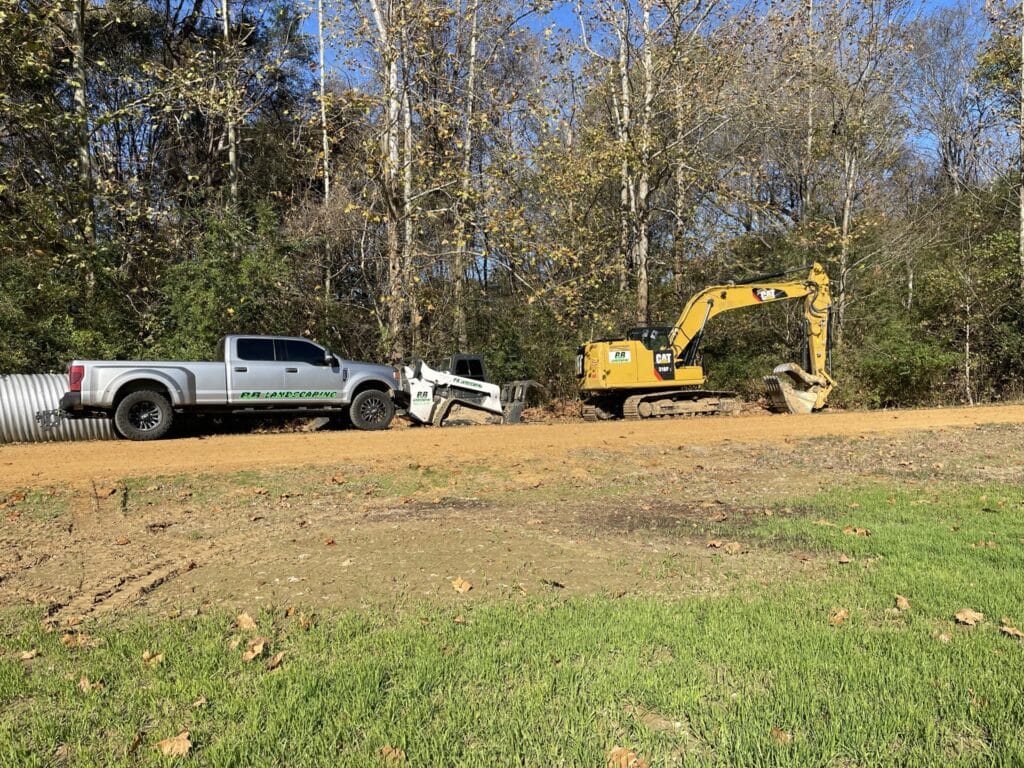
How To Decide Which Approach Is Best For Your Property
So, is it better to go with forest mulching? Or is land clearing still feasible? Deciding how to handle the extra trees and plants to get the most from your investment ultimately comes down to a single question: What would you like to do with the property?
If your plan involves construction or a large farming operation, then you’ll want a total, permanent removal of obstacles to create a clear, flat area. Forestry mulching is ideal when you want to maintain more of the natural terrain and don’t need much digging or grading. In addition to nature, walking, or hunting trails, mulching facilitates wildfire mitigation and habitat management, so many municipalities take this approach on roads and utility lines.
What To Consider When Weighing Your Options
As you plan your clearing project, consider the pros and cons of each cleanup approach.
The Pros and Cons of Land Clearing
The biggest argument in favor of land clearing is that it creates a fresh canvas that’s immediately ready for development. It’s ideal for large-scale projects, but it is also more labor-intensive, time-consuming, and costly.
Combining all the steps (cutting, grinding, and mulching) could save time and money as professionals remove unwanted weeds and brush while maintaining desirable trees.
The Pros and Cons of Forestry Mulching
The biggest advantage of forestry mulching is that brush shredding supports erosion prevention by leaving tree stumps, roots, and rocks in place. The mulch also provides soil enrichment and helps control weed growth, which makes it easier to maintain the area.
Despite being less disruptive to the environment, forestry mulching does leave behind stumps that can decay and attract pests or tree diseases. The process also doesn’t get rid of rocks and boulders, so you can’t rely on it to smooth out rocky terrain.
Get Reliable Landscape Clearing Help from Local Experts
What’s the best way to clean up your Hernando, Mississippi, property? Give B&B Land Clearing a call at (662) 715-3931 to discuss land clearing, forestry mulching, or other ways to reimagine a beautiful space!
